What Are the Safest Airlines to fly 2023?
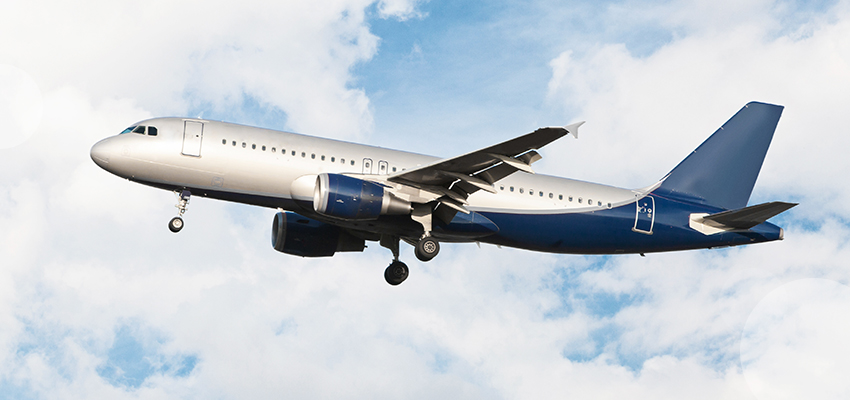
As air travel continues to grow in popularity, ensuring passenger safety remains a top priority for airlines. When choosing an airline, many travelers seek the reassurance of flying with one of the safest airlines. This article will explore the factors to consider when determining airline safety and highlight five of the world's top safest airlines.
Airline safety is a crucial aspect of the aviation industry. Passengers want to feel confident that the airline they choose prioritizes safety above all else. While accidents can happen, airlines that adhere to rigorous safety standards and have a strong safety record offer peace of mind to travelers.
Factors to Consider
Several factors contribute to the safety of an airline. Understanding these factors can help passengers make informed decisions when selecting an airline for their journey.
Safety Records
An airline's safety record is a critical factor to consider. Safety records reflect the number of accidents, incidents, and fatalities associated with an airline. Reliable sources such as aviation regulatory bodies or independent organizations publish safety records, allowing passengers to assess an airline's safety performance.
Maintenance Practices
Maintenance practices play a vital role in ensuring the safety of an airline. Airlines with robust maintenance programs regularly inspect and maintain their aircraft to meet or exceed industry standards. These practices include regular checks, repairs, and adherence to manufacturer guidelines.
Pilot Training and Experience
The training and experience of pilots significantly impact airline safety. Airlines that invest in comprehensive pilot training programs and hire experienced professionals to enhance their safety standards. Rigorous training programs, recurrent simulator exercises, and ongoing evaluations contribute to pilot competence.
Fleet Age and Condition
The age and condition of an airline's fleet are crucial indicators of safety. Younger aircraft, equipped with modern technology and safety features, generally offer enhanced safety. Regular maintenance and upgrades ensure that the fleet remains in optimal condition.
Regulatory Oversight
Regulatory oversight is essential in maintaining airline safety. Airlines operating in countries with robust regulatory bodies often adhere to stringent safety regulations. These regulatory authorities conduct regular inspections and audits to ensure compliance, contributing to safer operations.
Top Safest Airlines
While many airlines prioritize safety, some have consistently stood out for their exemplary safety standards.
Here are the five Safest Airlines You Can Fly Within 2023
1. Qantas
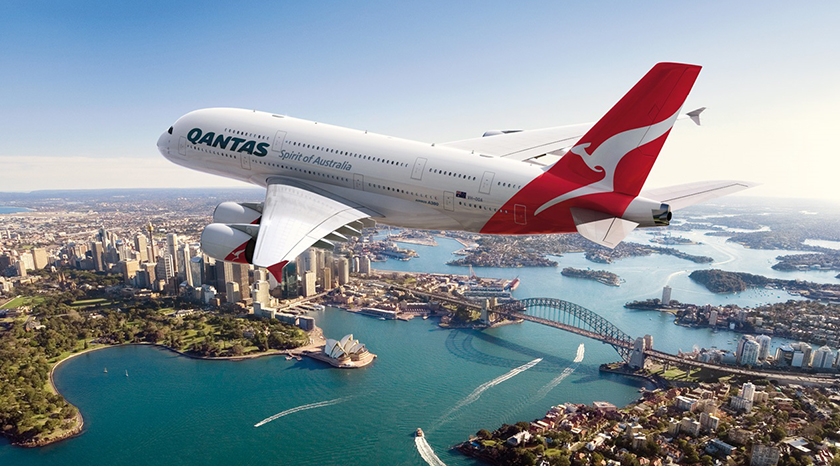
Qantas has established itself as a leader in safety through its commitment to continuous improvement, rigorous safety training programs, and investment in advanced technology. Its safety record and proactive approach to maintenance make it a top choice for safety-conscious travelers.
2. Qatar Airways
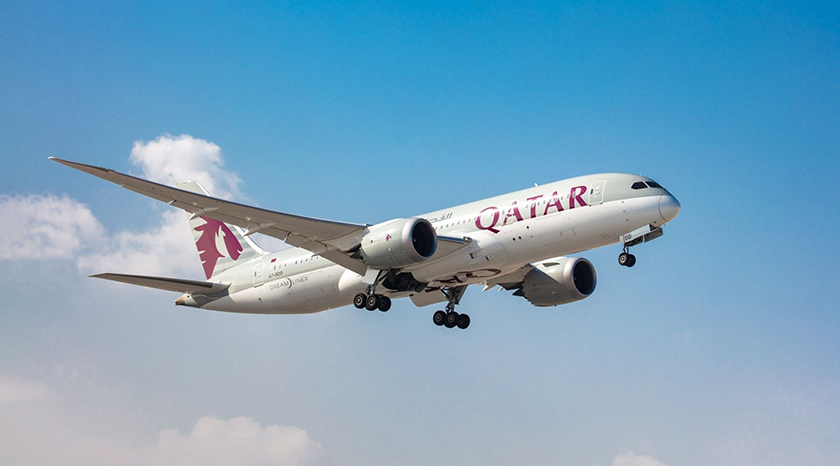
Qatar Airways has gained a reputation for its unwavering dedication to safety. With a fleet of state-of-the-art aircraft and comprehensive pilot training programs, Qatar Airways has consistently demonstrated its commitment to passenger safety.
3. Alaska Airlines
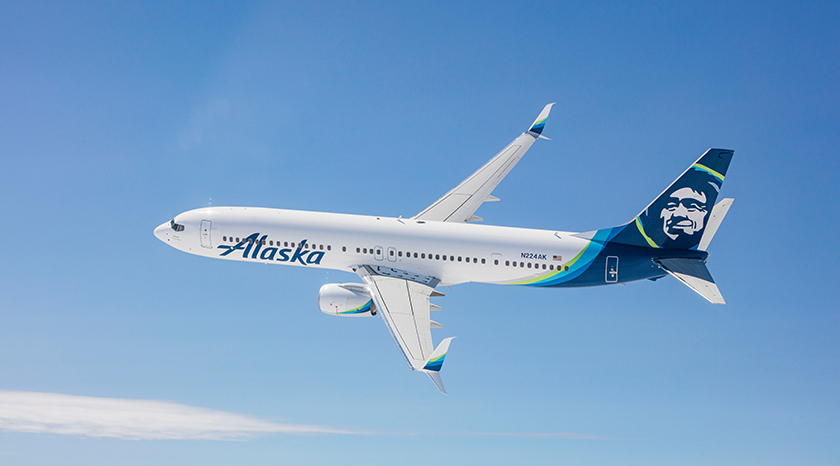
Alaska Airlines places safety as its highest priority. It invests heavily in pilot training, maintenance, and fleet upgrades to ensure the highest standards of safety. With an excellent safety record, Alaska Airlines continues to provide a secure and reliable travel experience.
4. Delta Air Lines
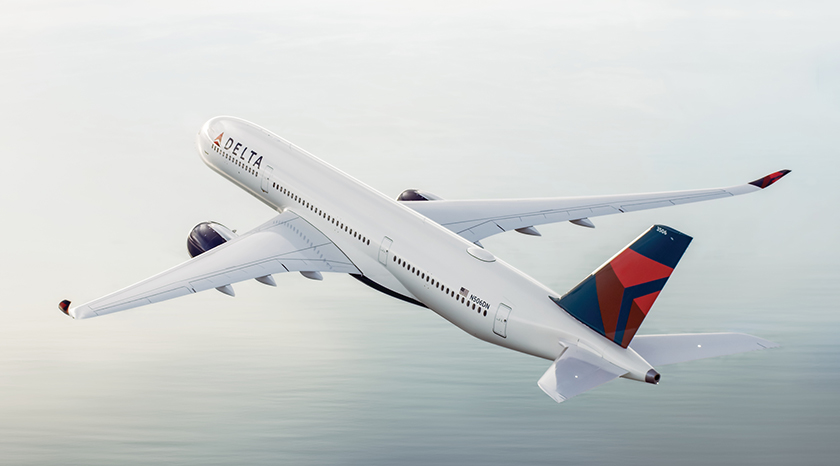
Delta Air Lines has earned accolades for its exemplary safety standards. Its commitment to maintaining a young and technologically advanced fleet, combined with rigorous pilot training, has established it as one of the safest airlines globally.
5. American Airlines
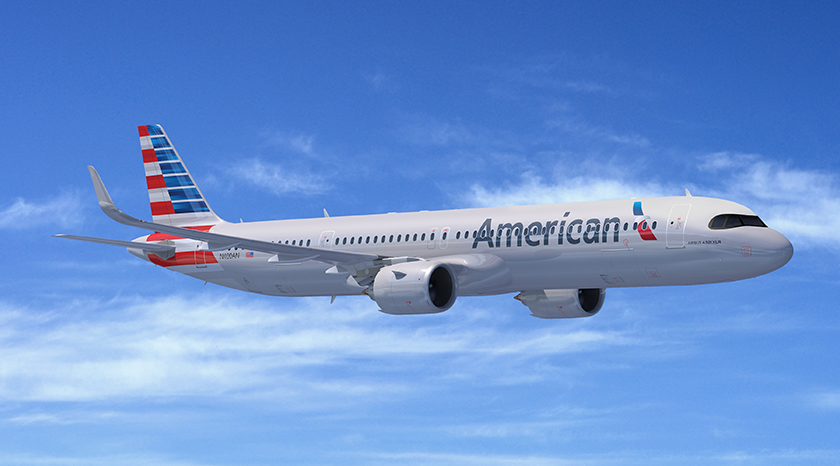
American Airlines is known for its strong safety culture and unwavering commitment to passenger safety. It consistently ranks high in safety audits and boasts a commendable safety record. American Airlines' dedication to training and continuous improvement sets it apart in terms of safety.
Conclusion
When choosing an airline, prioritizing safety is crucial. Factors such as safety records, maintenance practices, pilot training, fleet age, and regulatory oversight contribute to an airline's overall safety standards. By considering these factors and researching the top safest airlines, travelers can make informed decisions and enjoy a secure and comfortable travel experience.
Book Now or call us at +1 (833) 902-2090 for personalized assistance.
FAQs
Q1: Are there any international organizations that rate airline safety?
A: Yes, several international organizations, such as the International Air Transport Association (IATA) and AirlineRatings.com, provide ratings and assessments of airline safety.
Q2: Can airline safety records change over time?
A: Yes, airline safety records can change as airlines continuously improve their safety practices and invest in enhanced safety measures.
Q3: Are budget airlines less safe than full-service carriers?
A: Not necessarily. While budget airlines may offer more competitive prices, they are still subject to safety regulations and standards. It's important to research and consider the specific airline's safety record and practices.
Q4: How can I find the safety record of an airline?
A: You can find safety records through reliable sources such as aviation regulatory bodies, airline safety rating websites, or independent organizations that specialize in assessing airline safety.
Q5: Are smaller regional airlines less safe than major international airlines?
A: Regional airlines must adhere to the same safety regulations and standards as larger international airlines. However, it's recommended to research their safety records and practices before making a decision.
